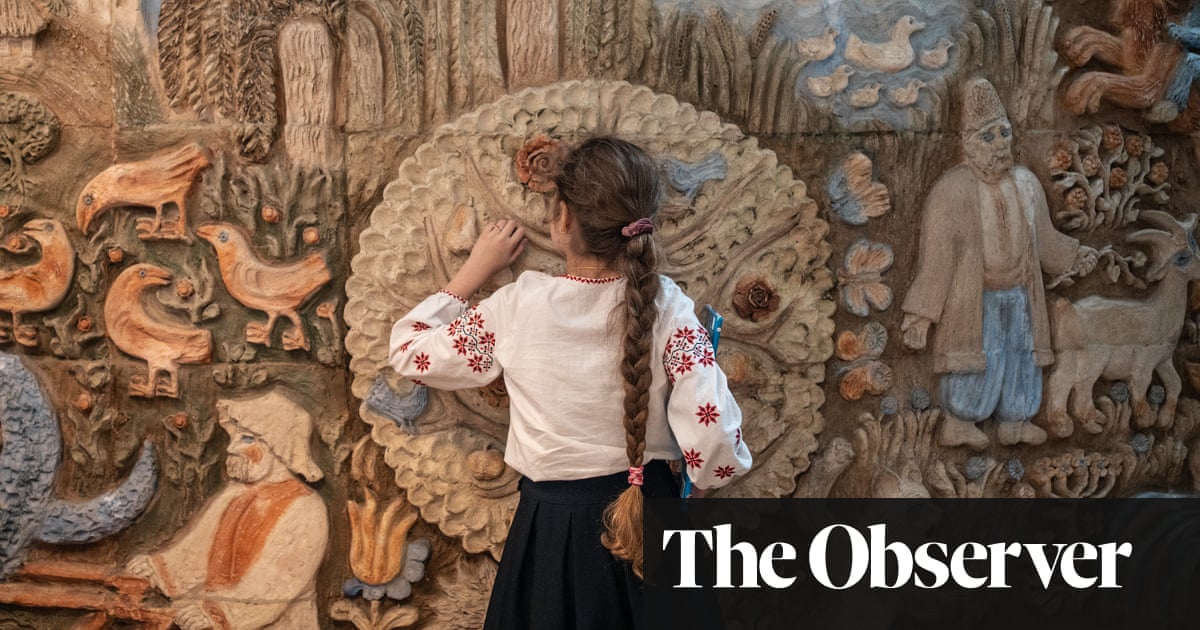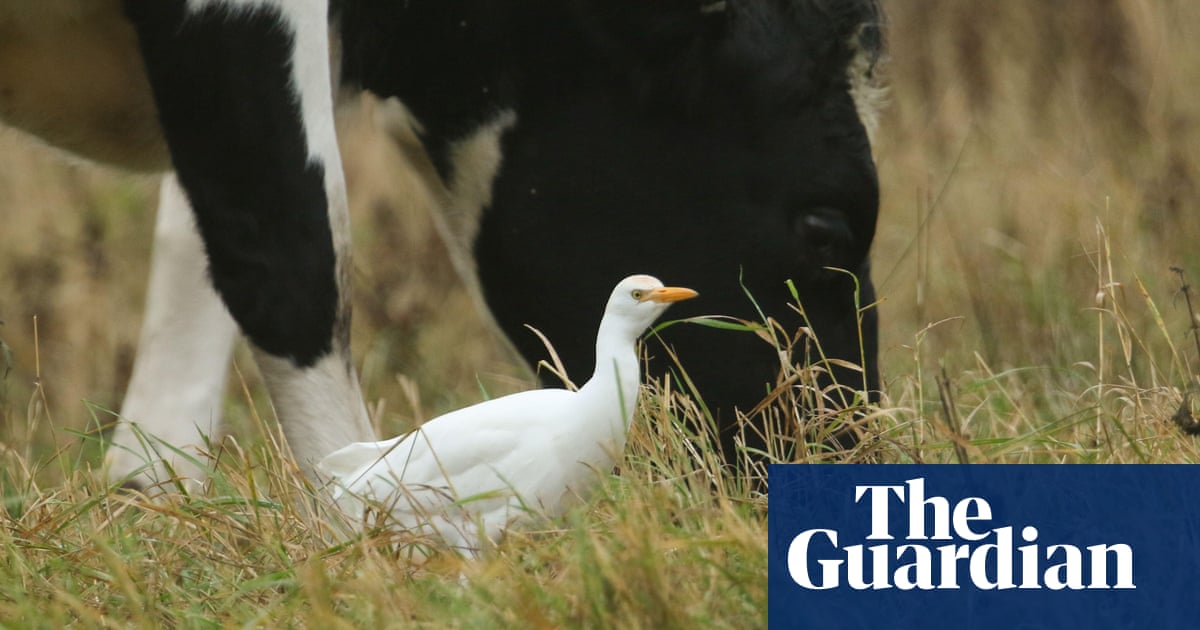
Beyond the plastic grass and polished concrete of King’s Cross’s Granary Square there is an unexpected enclave of trees. Step through a pair of tall wrought-iron gates salvaged from a vanished goods yard, and the grizzle of taxis and squeal of cornering trains is replaced by the unexpected song of a blackcap. City odours – of diesel and grilled meat – are superseded by a scent of damp earth and sickly sweet privet.
In the last decade, the post-industrial desolation behind London’s Kings Cross has been redeveloped and woven into an immaculate modern urban fabric of luxury office blocks and expensive boutiques. But the really priceless feature is a tatty explosion of greenery called Camley Street Natural Park.
Chancing upon its dense canopy of ashes, oaks and hawthorns, a visitor might conclude it was an ancient relic of woodland that predated the city’s rise. Exploring the park’s maze of reedbeds, ponds, dens, hillocks, canal side and meadows, it appears a sizeable estate. But this Tardis-like place of kingfishers, coots, frogs and newts, which is tended by London Wildlife Trust (LWT), is barely the size of a football pitch. It is also astonishingly new: blossoming and burgeoning on contaminated waste ground in less than 40 years.
This wild green space in the middle of regenerated King’s Cross will reopen in September after being closed to the public for two years. LWT has built a new education centre, café and wildflower bank to add a welcome dose of nature to the lives of local schoolchildren and nearby residents. But this is not just a little local attraction. The story of Camley Street Natural Park’s creation, survival and rebirth is a powerful example of the importance of urban havens for wildlife and people. And in a time of Covid and climate crisis, Camley’s champions argue that it must become one of many, rather than the exception it is today.
Camley Street’s history is rich, interesting, accidental and polluted. It was once pasture, and remained green space after hundreds of navvies dug the Regent’s Canal alongside it, which opened in 1820. Later that century, when the Great Northern and Midland railways were routed into their new London terminals at King’s Cross and St Pancras, the area became slum land and then a hub for the fuel of imperial Britain: coal.
The Victorian industrialist and social reformer Samuel Plimsoll, best remembered for the Plimsoll Line – a mark on a cargo ship’s hull which indicated how low it could safely sit in the water – designed the coal drops which were built at Camley Street. Coal brought on the railways from the coalfields of northern England was tipped into chutes that led to horse-drawn wagons, and later lorries, for distribution across the capital.
When the London smogs and the Clean Air Act of 1956 meant that coal was no longer welcome in the capital, Camley’s coal drops fell into disrepair and were demolished. During the 1970s and early 80s, the area became an apparently lifeless wasteland. As prostitutes plied their trade in corrugated iron shacks next to the rubble and asbestos, various owners from British Rail to the Greater London Council (GLC) made plans for this sliver of land beside the dirty old canal – lorry parks, light industry, housing, an adventure playground.
A local student, Jacqui Stearn, nurtured a different vision. She wrote her thesis on wastelands and saw that this degraded place had the potential to become a “nature park” – a place where wildlife could return and people could enjoy it, too. “Voices were beginning to say, ‘There’s nature in the cities and big government agencies aren’t taking any notice of it,’” says Mathew Frith of LWT, who has delved into the history of Camley Street. “Places where people could step out of the front door and get a different experience to that they were getting in the local park.”
Under Ken Livingstone’s leadership, the GLC had just appointed an ecologist and it eventually listened to Stearn and other locals’ pleas to make the land a sanctuary for nature and people.
The rubbish was cleared from Camley Street and the soil piled up to create open grassland with a large wetland area for children to go pond-dipping, with willows and alders planted by the canal. In 1985, with typical panache, Livingstone pitched up to open this “outdoor classroom” in one of the last narrowboats to still carry cargo. “A dead area has been transformed to bring a country setting to the inner city,” he said. It had not been cheap – £600,000 on land and £185,000 on cleaning and landscaping it (£2.5m in today’s money) – and the Tory press liked to demonise the GLC for lavish spending on apparently marginal projects. Camley Street was saved just in time: Margaret Thatcher’s government abolished the GLC less than a year later.
In its early years, the trees and grasses flourished and 5,000 inner-city schoolchildren were brought each year to experience the burgeoning nature of what was very deliberately called the “ecology park” or “natural park” rather than a nature reserve, which implied the exclusion of people. It was never a straightforward idyll: prostitutes and their clients and their clients continued to seek out its seclusion and noxious smells and dust from the neighbouring waste transfer facility drifted over. In 1988, the natural park was threatened by the new Channel Tunnel rail line which was mapped to obliterate it. Camley Street wasn’t reprieved until the 1990s when the line was tweaked and St Pancras was made the terminus.
Today, at a sprightly 36 years old, the natural park has had a makeover. The old education centre, a dilapidated prefab overrun with mice, is replaced by a sleek timber clad-and-framed eco-building fitted with bird and bat boxes that nods to its industrial past with a slate roof and “chimney” structures inspired by the old coal hoppers. The galvanised steel outdoor sinks for hand-washing after pond-dipping remind Frith of “the horse troughs that would have been here when the horses took the coal away”. Its construction has not been simple, however, with Covid, contractor bankruptcies, planning wrangles and the discovery of asbestos buried in the soil.
As the new centre has risen, so the natural park has continued to evolve and now the two classrooms in its education centre are ready to take more children than ever to learn about nature. Pond-dipping for frogs, toads, newts and water snails is a timeless pleasure – and tailored by LWT to the national curriculum – and one increasingly sought out by adults seeking to ensure that urban children develop some affinity for the wild. Outdoor education centres are reporting a mini-boom in bookings as schools look to provide children with safe trips and treats after the dismal strictures of Covid. Camley Street will also be a base for some traineeships, with the Trust’s programme, Keeping It Wild, helping get under-represented young people paid work in the conservation sector, which is currently one of the least diverse sectors of employment.
“We can’t wait for the children and young people to return,” says Leah McNally, director of strategic projects and engagement at LWT. “We were unsure if bookings would pick up again, but they have and we’ve got a lot of sessions across our sites until the end of term, which is heartening because schools are only just starting to feel their way back.”
While Camley Street has been closed for two years, its wild inhabitants have continued about their business in a more peaceful haven than usual. Coots call noisily from their nests as banded demoiselles – large damselflies – flutter through the reedbeds. King’s Cross has changed in the last two years as well and is now a bustling urban neighbourhood filled with luxury flats and new residents.
Urban parks have witnessed huge people-pressure during the past year and it is easy to see how a tiny place such as Camley Street could become overrun. The Trust plans to keep Camley Street free and open to all, but if visitor pressure becomes too intense, they might have to consider booking or ticketed entry, just as, post-Covid, urban dwellers accept they have to book online before going for a “wild” swim in a pond or park.
Nature reserves took a battering during the pandemic, says Frith. “The existing open spaces can’t cope with the number of people.” He argues that the much-touted green recovery is not just about electric cars or renewables. “These are all necessary things we must do anyway, but the green recovery is about investing in spaces like this, investing in the skills for people to manage them in the future, giving us the resources to undertake education and training and enable people to get the health and wellbeing benefits from better management of our green spaces in towns and cities.”
Ultimately, we need more green spaces like Camley Street. Plans for Britain’s national parks were drawn up in the depths of the Second World War. A new generation of urban parks for everyone could be a popular cross-party, post-Covid legacy. There is no sign of this happening yet, however, and Frith points out that more than 500 tower blocks have been granted planning permission in Greater London but are yet to be built. “The city centre is not returning to normal because of the advantages of working from home and yet we’re still looking at more building,” he says. “We should be building more open spaces and improving other spaces which are, at the moment, effectively green deserts.”
As we talk, a wren flits from tree-stump to cherry tree, and the reeds sigh in the breeze. Frith glances at this tiny tranquil space in the heart of the city. “There should be at least five of these in every borough,” he says.












